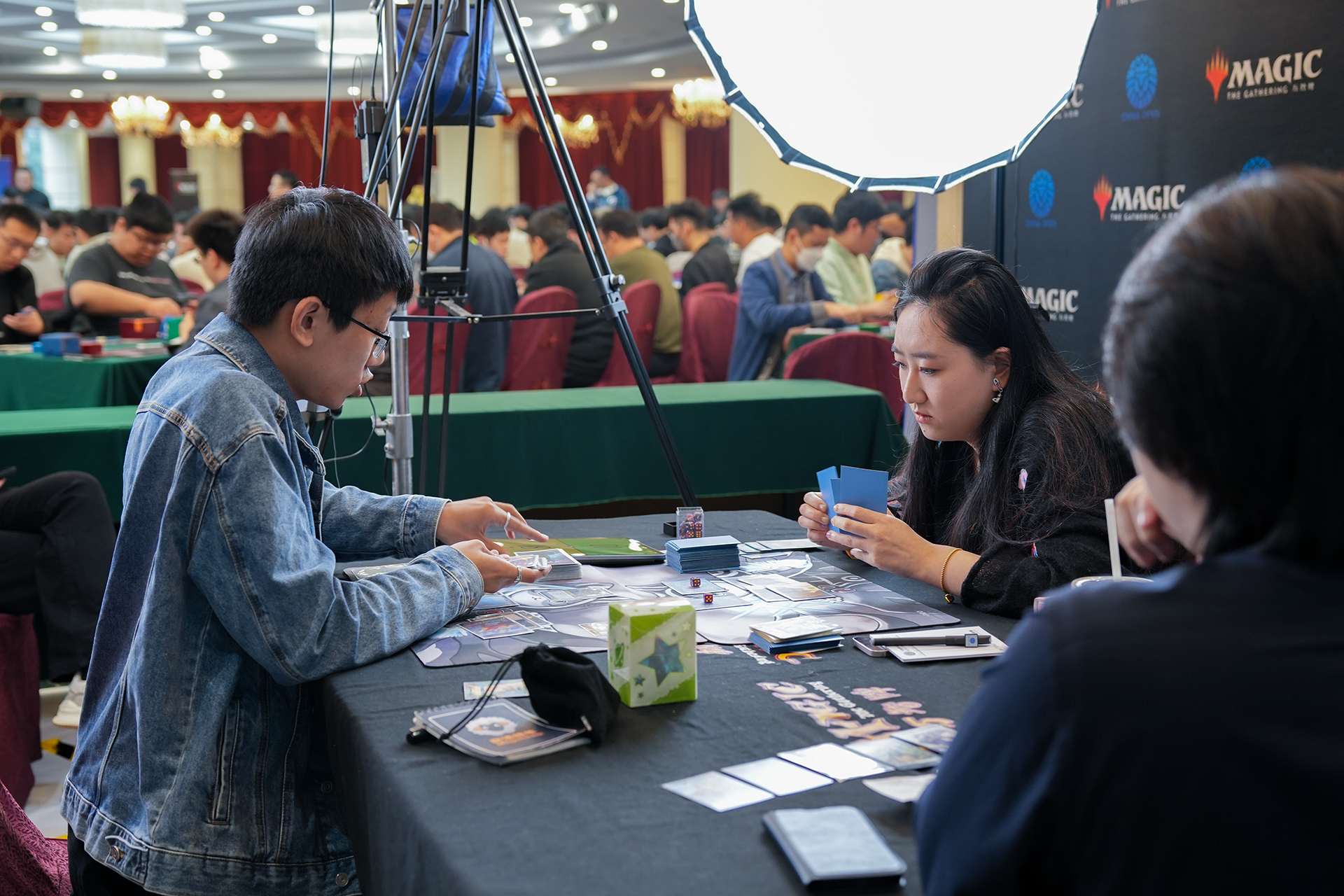The official mascots for the Beijing Winter Olympics and Paralympics 2022 were announced at a glitzy ceremony earlier this week. The pair — a panda with “a suit of ice” called Bing Dwen Dwen and a “lantern child” named Shuey Rhon Rhon — have been causing quite a bit of commentary online since their unveiling.
Bing Dwen Dwen is the official #mascot of Olympic Winter Games #Beijing2022! With a suit of ice, a heart of gold and a love of all things winter sports, this panda is ready to share the true spirit of the #Olympics with the whole world. pic.twitter.com/TSalSny3q1
— Beijing 2022 (@Beijing2022) September 17, 2019
Meet Shuey Rhon Rhon – this Chinese lantern child is the #mascot of #Beijing2022 Paralympic Winter Games and has already warmed our hearts! pic.twitter.com/R4OpdRZuX4
— Beijing 2022 (@Beijing2022) September 17, 2019
The choice of a panda — an animal not exactly known for its love of cold weather — for a Winter Olympics mascot was labelled “predictable” in some quarters, though the “encased in glass” or “trapped in a glacier mint” look was less expected. The similarly cutesy “lantern child” meanwhile was widely likened to the traditional Chinese winter snack of tanghulu (candied fruits sold on sticks). Basing a mascot on a red Chinese lantern is seen as a nod to the Spring Festival (or Chinese New Year) holiday, which will precede the games.
The “most popular” comments section on Weibo posts from China’s main media outlets announcing the mascots appeared to have been quickly disabled, usually a good indication that jokey or critical comments are getting too many upvotes.
Perhaps even more unusual than the mascots’ appearances, were their names. In an apparent acknowledgement that the pinyin system of romanizing Chinese characters doesn’t always leave foreigners any wiser on how to pronounce things, the names ignore the official system in favor of their own phoneticizations. Bing Dwen Dwen or 冰墩墩, is rendered as Bing Dun Dun in pinyin; Shuey Rhon Rhon (雪容融), as Xue Rong Rong.
“Bing” means ice in Chinese, while the “Dun Dun” here means stocky and cute. “Xue” is snow, while “Rong Rong” is being promoted in English as meaning “inclusiveness, mutual exchange and mutual understanding.”
The pair are the results of a student design competition. Space panda Bing Dwen Dwen was created by a team from Guangzhou Academy of Fine Arts in China’s southeastern reaches, while lantern child Shuey Rhon Rhon comes from the mind of a student at Jilin College of the Arts in the country’s northeast.
They certainly make for an interesting addition to the Olympic mascot canon:
Mascots of the Olympic Winter Games from Innsbruck 1976 to @Beijing2022 – what is your favourite? pic.twitter.com/dUy3xupMUQ
— Olympics (@Olympics) September 17, 2019















